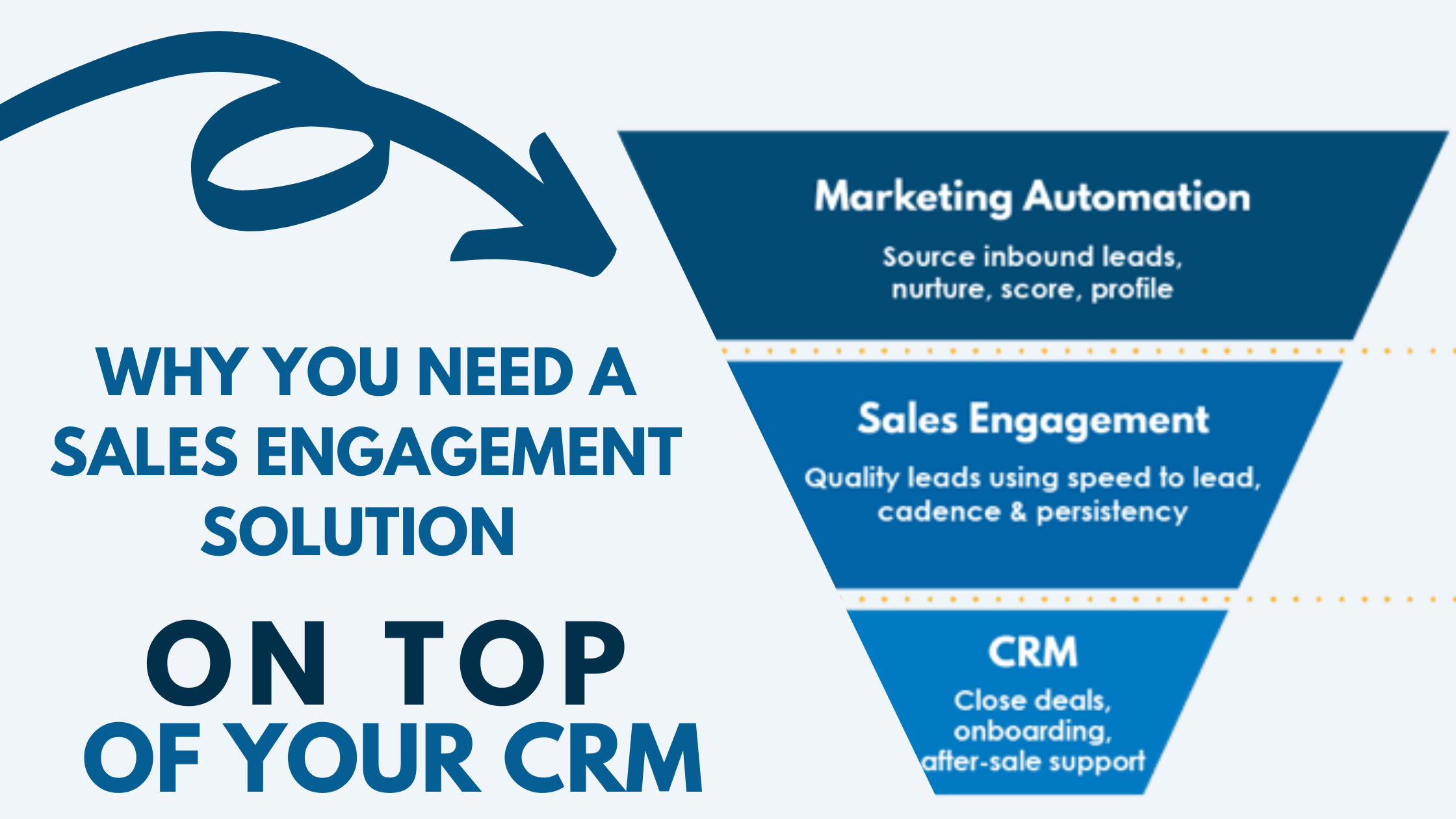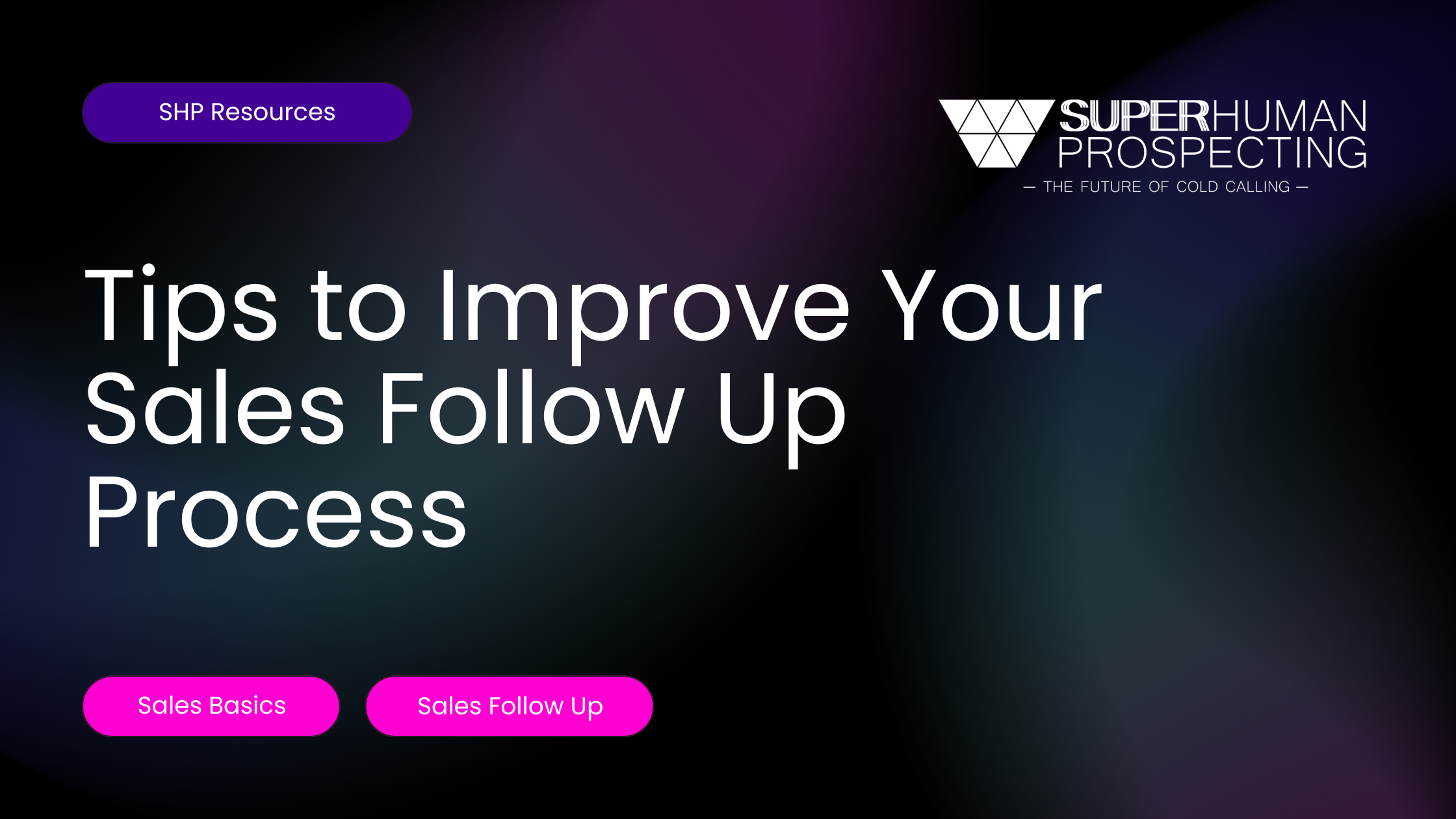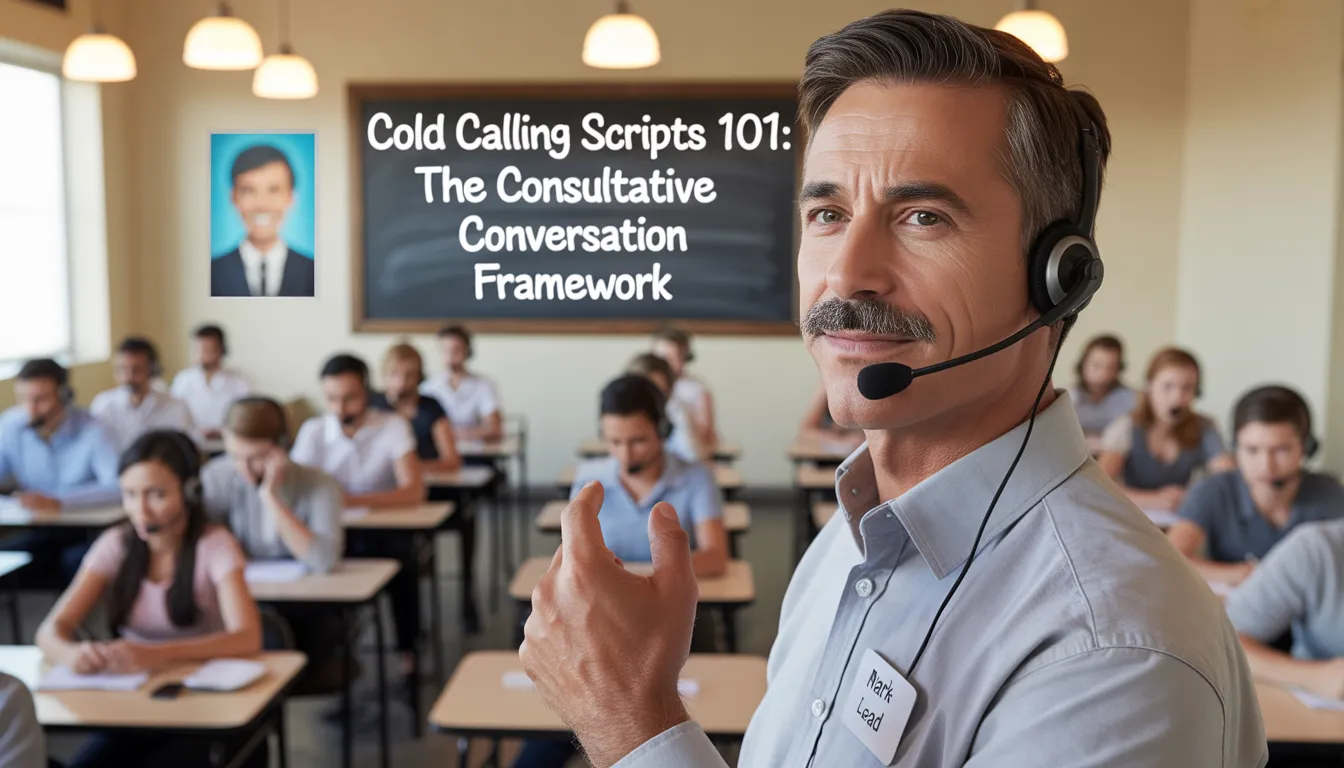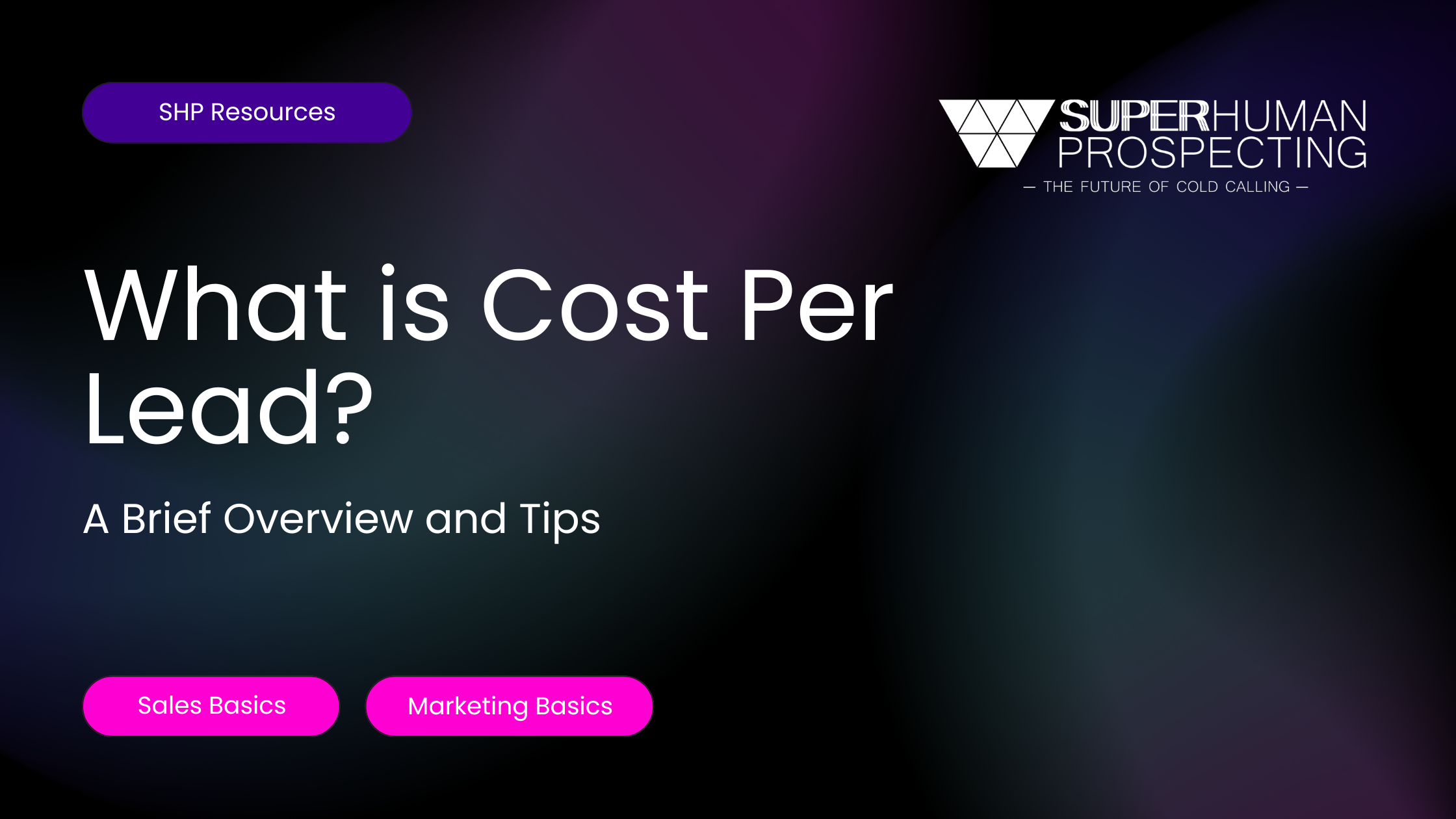Why You Need a Sales Engagement Solution on Top of Your CRM
CRM systems are commonly known as the primary database for customer interactions. Historically used by marketing, sales, and support teams, these systems track all activities involved in collecting and converting leads into opportunities. Historically.
Nowadays, most sales professionals will admit that they struggle to convert leads using CRM alone. The truth is that CRMs are just not ideal for efficient lead qualification because, let’s keep in mind, they were designed for managing relationships. (Customer Relationship Management – duh.) So what’s the solution? Sales engagement – a powerful tool that was designed to start relationships and improve your sales prospecting.
What the heck is Sales Engagement?
We all know what sales are, and we all know what engagement means. But put them together, and chances are you’ll get a few confused looks. Basically, the core differences between CRMs and sales engagement platforms are the teams that they serve and the activity they enable. But to properly understand the role of sales engagement, you have to start by observing your funnel.
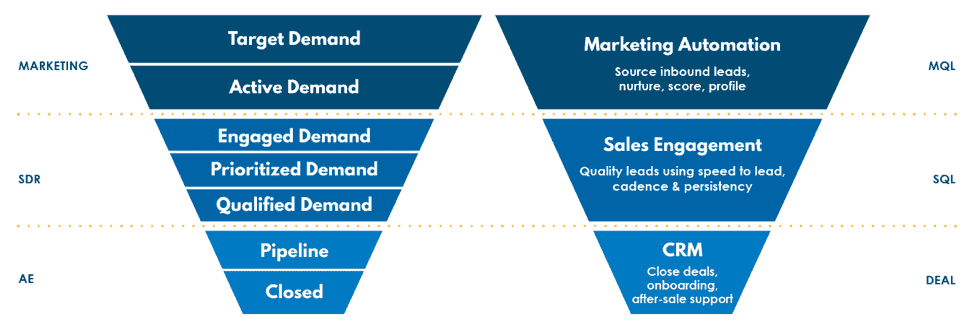
The first activity your company will want to engage in is generating marketing qualified leads. Marketing automation software (like Hubspot) will allow marketers to do so through profiles, scores, and nurturing, all while tracking a thousand variables to hit the most profitable channels possible. The end goal here is to draw in fresh leads and send them off to your sales team. Let’s remember that these leads are generally at a non-decision stage, and about half of them are not suited for what you’re selling.
Let’s fast-forward to closing your deal. CRM systems (like Salesforce) enable you to manage opportunities and accounts. CRMs have many features, but its primary purpose is to secure all of your data in one place. This is great for people in managing positions such as account executives because they can successfully navigate from pipeline to onboarding, to after-sales support with the click of a button.
But what happens in between? We have marketing generating leads, and account executives coordinating deals. But what about our Salespeople whose job is to convert qualified marketing leads into qualified sales leads? It’s an entirely different ball game, and just getting marketing leads to engage with sales can be a big ask. It takes speed to get to each lead within the right time frame and discipline to perfect your cadence across the proper channels. And if you don’t believe us, believe the numbers. More than 40% of sales professionals admit that prospecting is the most challenging part of the process (Hubspot). So you’re going to need a foolproof system to get to the right people at the right time. That’s where sales engagement solutions come into play.
The truth about improving sales prospecting
Fact: CRM platforms have played (and still play) a considerable role in the sales industry.
Fiction: Sales engagement solutions are just another add-on that teams can do without because they can get by with existing CRM features.
As roles in sales begin to specialize, the software system that supports them needs to specialize as well. CRMs are not ideal for Sales Development Representatives who are looking to qualify leads in a timely manner because completing mundane daily tasks becomes a burden. Logging in phone calls and sales activity takes hours. The email tracking system is not up to par. Documenting social media efforts is only possible by creating endless custom fields. And let’s not speak of the cheats and shortcuts that sales reps can use to save them minutes per call.
The truth is that you need a balance of personalization and automation of activity that will not be found in marketing automation, nor in CRMs. You need a sales engagement solution. With features like speed-to-lead, automated cadence, and lead prioritization, you will save valuable time and allow your sales team to focus on doing what they’re best at, starting quality conversations. At the end of the day, that’s why you hired them. Sales engagement platforms are also great at helping operations and management track what’s working and what’s not by surfacing the data points that are most relevant to each and every role.
How are you prioritizing your time?
CRMs are list-based. This means that sales representatives can cherry-pick the leads they deem valuable from a pool of prospects. Missed opportunities, much? This also means that Salespeople are left with the challenging task of establishing their own follow-up cadence. On average, sales reps will make two attempts to get into contact with a lead. This means picking up the phone or sending emails twice and then giving up. However, about nine attempts are required for a successful connection.
Fortunately, some sales engagement platforms are queue-based. So when sales representatives log in, they don’t see a never-ending list of names. Instead, they see the next best lead, and the only thing they can do is call the first person in the queue. If the call goes unanswered, the system re-routes the lead back to the queue based on the lead criteria and sales cadence specifications. Simple. Sales engagement solutions are also perfect for solving consistency of actions: they allow you to establish the appropriate follow-up cadence automatically—no more hesitations.
And if you’re looking for a little extra something special, our solution VanillaSoft is not only queue-based, but it is also priority-based. This means that your company gets to decide how they want to prioritize their queue depending on customizable criteria and varied parameters.
Building a complete sales tech stack
Let’s recap – building an effective stack for sales teams is a challenging task. You’re going to need three different tools: one to generate leads, one to qualify leads, and one to manage opportunities. Generally speaking, we’re talking about marketing automation software, a sales engagement solution, and a CRM. But the most important part of your stack is your sales engagement platform, which lies between your marketing automation software and your CRM. This system will act as the management console for the engagement process while sending activity data back to the CRM. And unlike your CRM that’s designed to manage relationships, your sales engagement solution is designed to start relationships. It’s a matter of system of record versus system of action.
Time to upgrade your sales tech stack
For those of you who might argue that CRMs provide more functionality across different teams, like marketing and customer support, ask yourself this: is that functionality really working for you? Because from a revenue point of view, you’re three times more successful on a pipeline contribution when using a sales engagement platform rather than a CRM. So if you’re ready to improve your sales prospecting, it’s time to add a sales engagement solution to your sales tech stack.
Want to learn more? Check out this webinar – Sales Engagement or CRM: Which Sales Tech is Right for Your Team?
About the Author:
Darryl Praill is the Chief Revenue Officer at VanillaSoft, the industry’s most established Sales Engagement Platform. As an accomplished award-winning marketer, a Sales World Top 50 Keynote speaker, a 2020 top 10 SaaS Branding Expert, a Top 19 B2B Marketer to Watch in 2019, a social media influencer, a category-leading podcaster, and a serial entrepreneur. Darryl has raised almost $100 million in venture capital, acquired, merged and taken companies public, been hired and fired, and worked for companies of all sizes.

